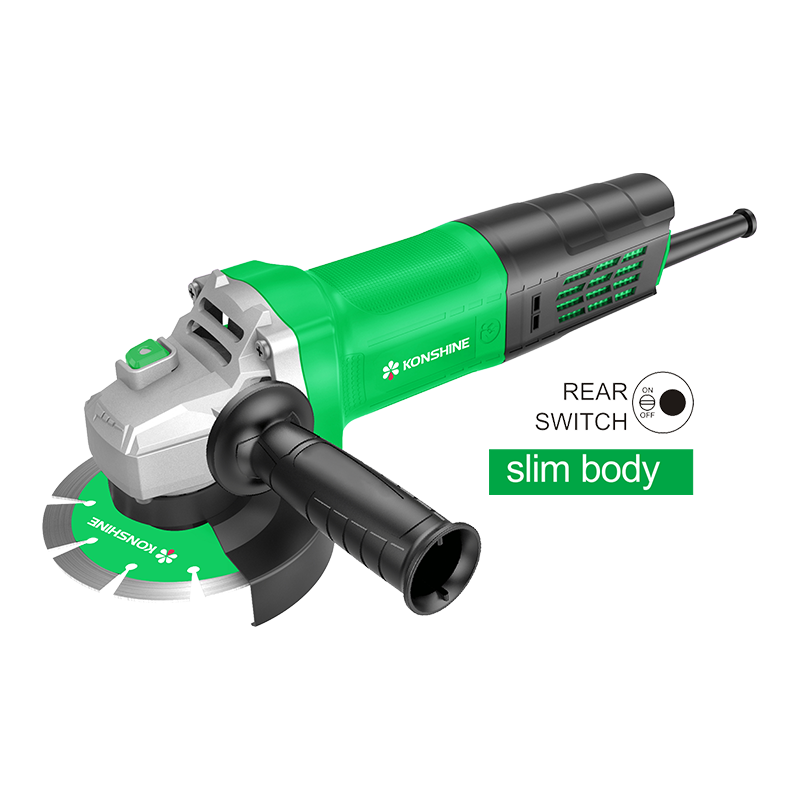1. Connectivity and Wireless Control: Smart electric power tools are designed to connect wirelessly to mobile devices or computers, enabling users to control and monitor their tools remotely. Through dedicated apps or software, users can adjust speed settings, track battery life, receive real-time diagnostics, and access tool-specific tutorials or guides. This connectivity allows for enhanced convenience, remote management, and seamless integration with other smart devices on the job site.
2. Data Collection and Analysis: Smart electric power tools are equipped with sensors and data collection capabilities. These tools can monitor usage patterns, performance metrics, and environmental conditions during operation. By collecting and analyzing this data, users gain insights into their work patterns, tool usage efficiency, and potential areas for improvement. This data-driven approach can optimize workflows, enhance productivity, and inform decision-making in the construction and industrial sectors.
3. Enhanced Safety Features: Smart technology has paved the way for advanced safety features in electric power tools. Tools equipped with sensors can detect anomalies such as sudden movements, vibrations, or abnormal heat levels, triggering automatic shut-off or alerting the user to potential hazards. Smart tools can also monitor the condition of blades, bits, or other consumables, alerting users when replacements or maintenance are required. These safety features mitigate the risk of accidents, injuries, and equipment damage, promoting a safer work environment.
4. Performance Optimization: Smart technology allows electric power tools to optimize their performance based on specific tasks or materials. By analyzing data and adjusting settings in real-time, these tools can provide optimal power output, speed, and torque to match the requirements of the job. This adaptive performance not only improves efficiency and precision but also extends the battery life of cordless tools. Users can expect increased productivity and improved results with smart tools that adapt to their needs.
5. Automation and Efficiency: Smart electric power tools can automate certain processes, simplifying complex tasks and reducing manual effort. For example, smart saws may incorporate laser guidance systems for precise cutting, while smart drills can provide depth control and automatic stop when reaching the desired depth. Automation and intelligent features streamline operations, minimize errors, and improve overall efficiency, allowing users to complete tasks more effectively.
6. Enhanced User Experience: Smart electric power tools offer a more intuitive and user-friendly experience. The integration of touchscreen interfaces, voice commands, and gesture recognition simplifies tool operation and control. Additionally, smart tools often provide access to digital resources such as user manuals, how-to videos, and project-specific guidance, making it easier for users to acquire new skills and overcome challenges. These features enhance the user experience and empower both professionals and DIY enthusiasts to achieve better results.


 英语
英语 越南语
越南语 西班牙语
西班牙语













